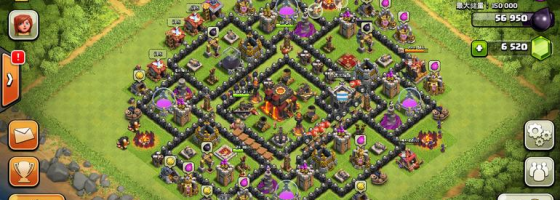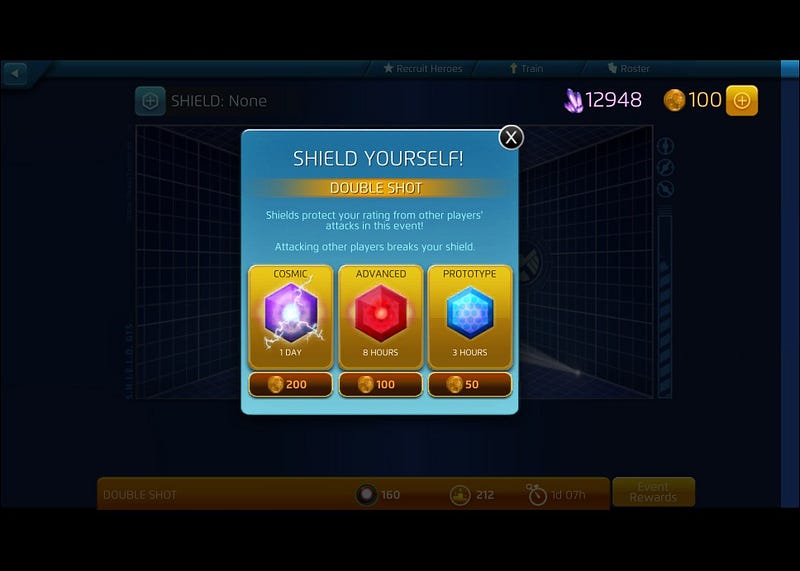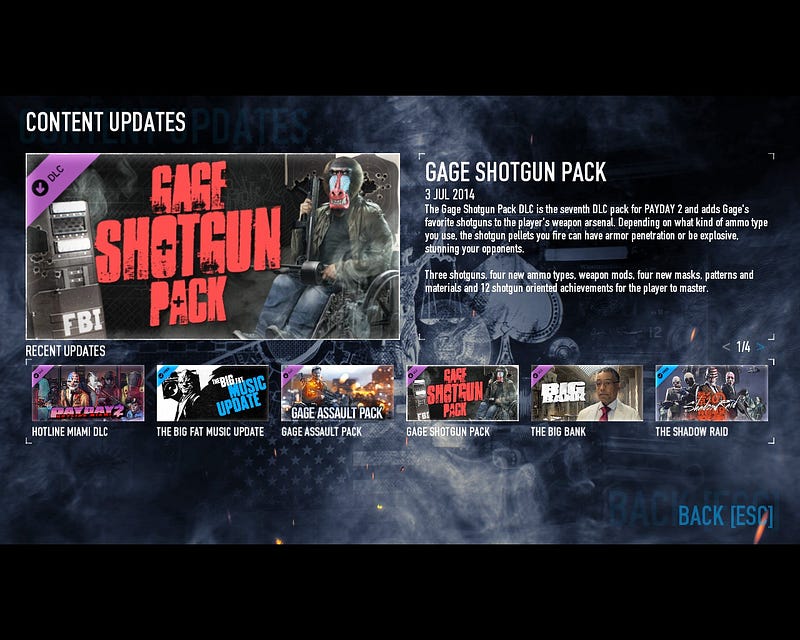Trending
Opinion: How will Project 2025 impact game developers?
The Heritage Foundation's manifesto for the possible next administration could do great harm to many, including large portions of the game development community.

Featured Blog | This community-written post highlights the best of what the game industry has to offer. Read more like it on the Game Developer Blogs or learn how to Submit Your Own Blog Post
Today's post looks at how one of the biggest strengths of Free to Play design can come back to hurt the game when it comes to retaining players over the long term.

The Free to Play market continues to be a major attractor to fans and developers alike. Each year, we hear big numbers being thrown around early in a title’s lifespan. However, one area that isn’t discussed as much is player retention despite how important it is. Free to play game design suffers from a major game design issue that anyone interested in developing their own game must come to terms with.

F2P design, whether it’s on mobile or PC, has always had one major advantage—An engaging core gameplay loop. The market knows exactly how to create an experience to pull people in.
If you’ve played any F2P title in this decade, then you’ve seen the same kinds of tactics used. These games start out with you earning rewards left and right, introducing all the mechanics in a pleasing way, and setting you up to see what the progression model looks like.
The first hour or so of playing a F2P game is all about getting you invested in it. This is where the design is at its best, and hooking consumers to start playing it. For new and casual players, they’re going to log in every day for a few minutes, earn some rewards, and then return to it the next day.
The rapid fire sense of achievement is meant to push players through the early game while providing progression. The plan is to get someone hooked on the game before any “fun pain” elements are introduced, or the grinding for mid to late game content begins.
Unfortunately, the focus on such a short gameplay loop is where we see the cracks appear in long term engagement.
The short gameplay loop that attracts gamers has a limit, and we can see that when we get to the late-game of a F2P. One of the biggest differences between traditional MMO/Games as a Service vs. F2P design has to do with the end/late game. We’re no longer talking about people who are only playing a game for a few minutes each day, but those who are invested in the title.
They are both potentially the ones who will spend money and the ones that are the hardest to please. Trying to keep people engaged at the endgame has been a constant struggle for any MMO developer. Some developers go the route of continuing to raise the level cap to try and keep people entertained; others just add in more content at the level cap.
The problem that any game designer knows is that you can never have enough content to satisfy the endgame players. What’s worse is if you are still developing new content, and everyone is getting bored with your base game.
From a MMO or traditional game standpoint, there is always room to grow the content. The problem for F2P games is that you can’t stretch a short gameplay loop too far. Eventually, even the most harden fans will run out of things to do and reasons to stay. Due to that fear, it leads many F2P designers to do the worst thing: making the game annoying to play.
In the first section we talked about fun pain, or the act of making the game harder to play to convince someone to spend money to get around it. Just about every F2P game I’ve looked at has a period in the mid to late game where it becomes painful to keep playing.
This is when the progression of the title slows down to a crawl, any upgrades will be time-consuming or costly, and the frustration sets in. Some developers use fun pain as a means of trying to motivate people to spend money to not deal with it. Other times we see the use of fun pain to slow down the playerbase if the endgame content hasn’t been developed yet.

Fun pain elements slow down the progression, but are never looked at as good design
The problem is that this ends up backfiring for obvious reasons: Making your game worse for your most hardcore fans tends to piss them off.
This is where the issue of retention comes in with F2P games and how having one good month doesn’t mean anything if you can’t keep growing.
Having a million play your game may be a great launch, but if that number drops to less than 100K, you’re going to be in trouble.
The problem is that most mobile developers don’t have the luxury of designing brand new systems or elements like we see in World of Warcraft or Warframe. This is where we get into the big problem with just focusing on a short-term gameplay loop.
For any game that wants to last, you need to think about your core audience and what they’re going to do. Remember, your core fans aren’t going to be playing your game for minutes at a time, but are invested in playing it. Launching a game with no plans for an end/late game is setting your game up to fail. Likewise, making your game un-enjoyable for them is another way to quickly kill your community.
Some developers and fans may argue that the fun pain or wall is set up as a way to separate the casual fans from the core/hardcore, but that’s not the job of the design to do.
This is why most games that have succeeded in the long-term have gone one of two routes. The first one is a content focus—delivering on a somewhat regular schedule brand new things to do that change the scope of the game. Payday 2, Warframe, and Team Fortress 2 are all examples of this form of Games as a Service.
The content that gets added tends to focus on the mid to endgame, but that hasn’t stopped these developers from changing how the game is played for all players involved via the systems. Going this route means that you are committed to this form of content, and the game will essentially die when you decide enough is enough.
With that said, the other form of content that is more sustainable, and less time consuming to make, is a community focus. The community essentially is creating the content via PvP-styled play. This can be as simple as having “clan battles”, to having a full-on competitive aspect with world rankings and such.
As an advantage, the short gameplay loops of F2P games can be transitioned into PvP without a lot of work, as the quick plays won’t take that long per match. As long as the community remains stable or growing, there should always be someone available to play against.

games with continued support enter a never-ending battle for more content
The disadvantage with this approach is that you are betting your game on the community continuing to provide user generated content. This can either lead to your game growing, or entering a downward spiral of people leaving because they can’t find anyone to play.
It’s important to remember that even if you focus on the community as your end game content, you still need to be putting out regular updates and keeping the game from growing stale. As we’ve seen with games like Hearthstone, it’s a never-ending battle to keep the Meta from becoming fixed.
It’s impossible to predict at the start of a new game’s launch just how well it will be received by consumers; not every game is going to be the next Fortnite. However, that doesn’t mean you can ignore aspects of your game’s design.
Thinking about your game at the high-level is a great way to improve your casual play, because you want to see people go from casual players to core fans. If you’re just repeating the same exact thing from start to finish, you’re not going to be able to keep people engaged when they realize that there’s nothing else to your game.
Besides the games mentioned here, can you think of mobile and F2P games that have managed to sustain themselves with continued support?
Read more about:
Featured BlogsYou May Also Like